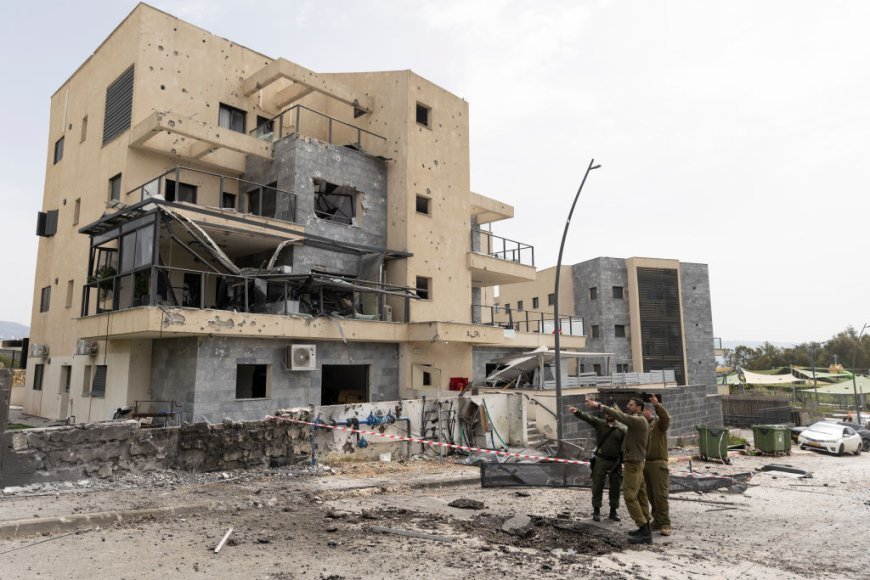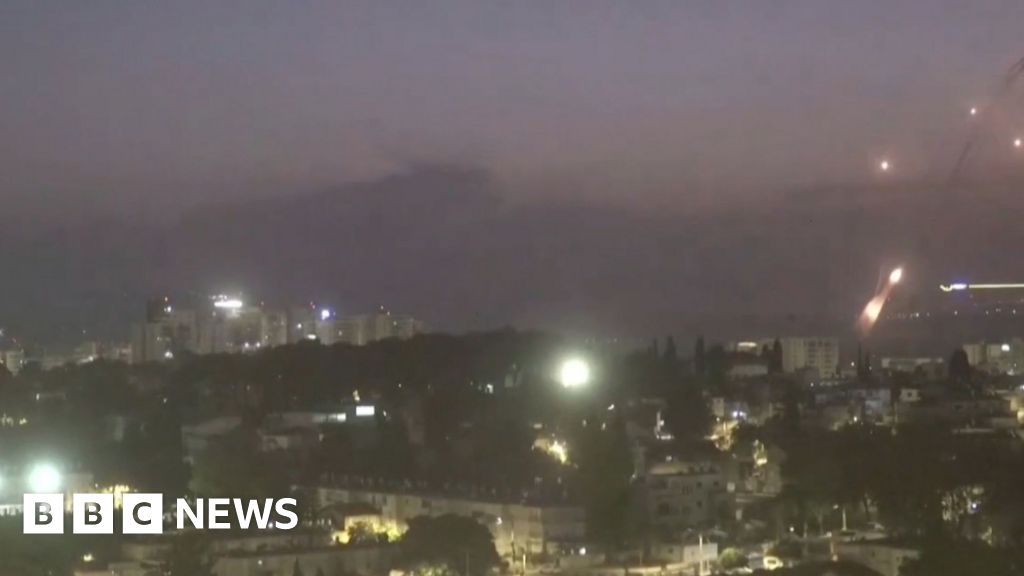As displaced southern Israelis return home, northerners still face uncertain future, unemployment
Nearly 11 months after the Oct. 7 terror attacks and as the Israel Defense Forces has dismantled most of the military capabilities of Hamas in Gaza, more than two-thirds — 68.3% — of the 74,600 residents of southern Israel who were displaced from their homes have returned to their communities. But while their future may... Read More

 Nearly 11 months after the Oct. 7 terror attacks and as the Israel Defense Forces has dismantled most of the military capabilities of Hamas in Gaza, more than two-thirds — 68.3% — of the 74,600 residents of southern Israel who were displaced from their homes have returned to their communities. But while their future may be profoundly difficult and daunting, they are able to begin planning it, to start the school year next week for their children, to find steady work.
Nearly 11 months after the Oct. 7 terror attacks and as the Israel Defense Forces has dismantled most of the military capabilities of Hamas in Gaza, more than two-thirds — 68.3% — of the 74,600 residents of southern Israel who were displaced from their homes have returned to their communities. But while their future may be profoundly difficult and daunting, they are able to begin planning it, to start the school year next week for their children, to find steady work.Not so for the more than 83% of residents of northern Israel who have been displaced by the near-daily attacks by the Lebanese terrorist group Hezbollah, which continues to threaten a full-scale war with Israel. They have “no idea of when they will return to their homes and their lives,” according to Nir Kaidar, director-general of the Taub Center think tank, reflecting on a new data compilation by the organization.
This long-lasting displacement has affected unemployment among residents of these areas accordingly, with the number of southern Israelis looking for work starting to return to pre-Oct. 7 levels, while in some cases the number of northern Israeli job-seekers is still growing.
Looking at data from the Israeli Employment Service, the Taub Center shows that the southern town of Sderot saw the number of “active job-seekers” jump from approximately 800 in the months preceding Oct. 7 to a high of roughly 2,000 in January. Since January, it has crept down to just over 1,500 in July.
In the northern town of Kiryat Shmona, the number of job-seekers went from approximately 700 before Oct. 7 to some 2,300 in November after the initial evacuation. Since then, it has continued creeping up over 2,500 as of July with no indication of a change in trend.
“The unusual unemployment among evacuees requires a variety of government responses immediately as well as a comprehensive employment plan to strengthen these communities at the end of the war,” Kaidar said.
The Taub Center also reviewed the physical and psychological toll of the war, finding that 17,000 people have been hospitalized because of the conflict. Of these, approximately 14,000 were admitted in non-acute condition.
More than a third were hospitalized in the first month of the war, when more than 6,000 people were admitted. Since then, the numbers have ticked downward, with roughly 3,000 hospitalizations in November and December, approximately 1,500 in January and a few hundred each month since then.
The southern city of Ashkelon, which faced massive rocket barrages in the beginning of the war, was the city with the highest number of hospitalizations, with 1,287 residents of the city hospitalized because of the war. Tel Aviv ranked second with 839 war-related admissions.
The war has been primarily a burden on the hospitals in southern and northern Israel. Nearly half of all of the hospitalizations were at either Barzilai Medical Center in Ashkelon, which admitted approximately 5,000 people, and Soroka Medical Center in Beersheva, which admitted roughly 3,000. The hospitals in the northern towns of Nahariya, Safed and Tiberias have collectively admitted about 2,500 patients.
What's Your Reaction?


















